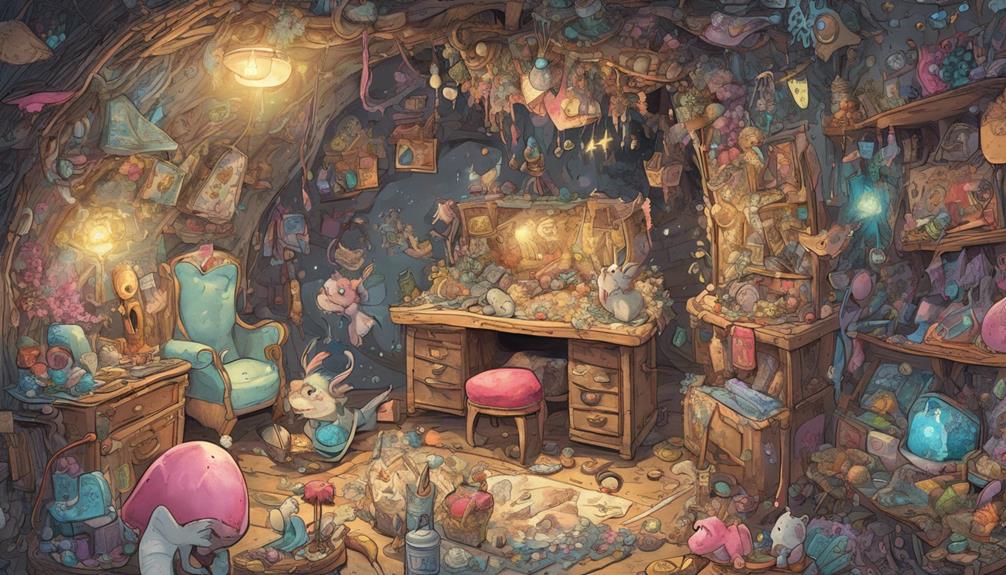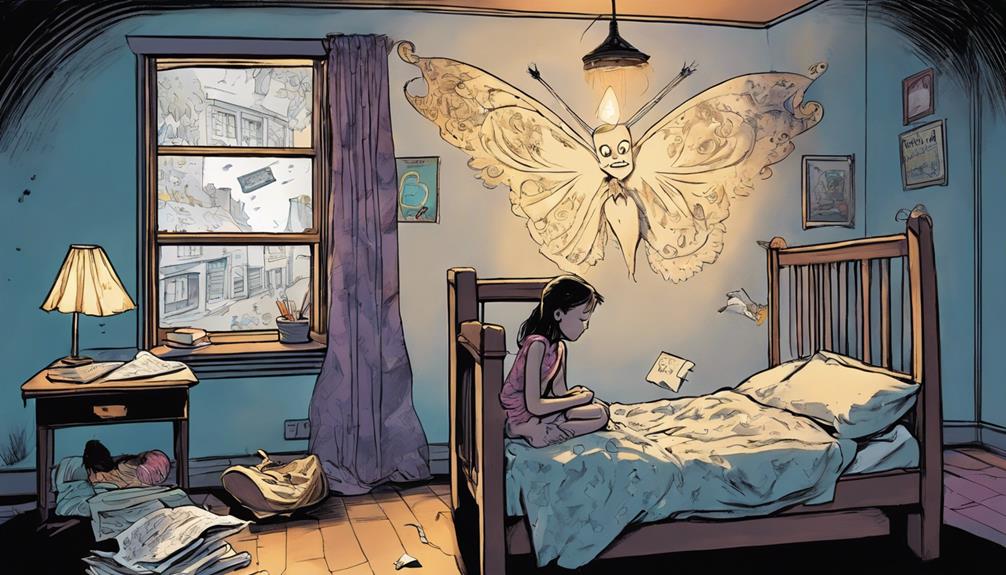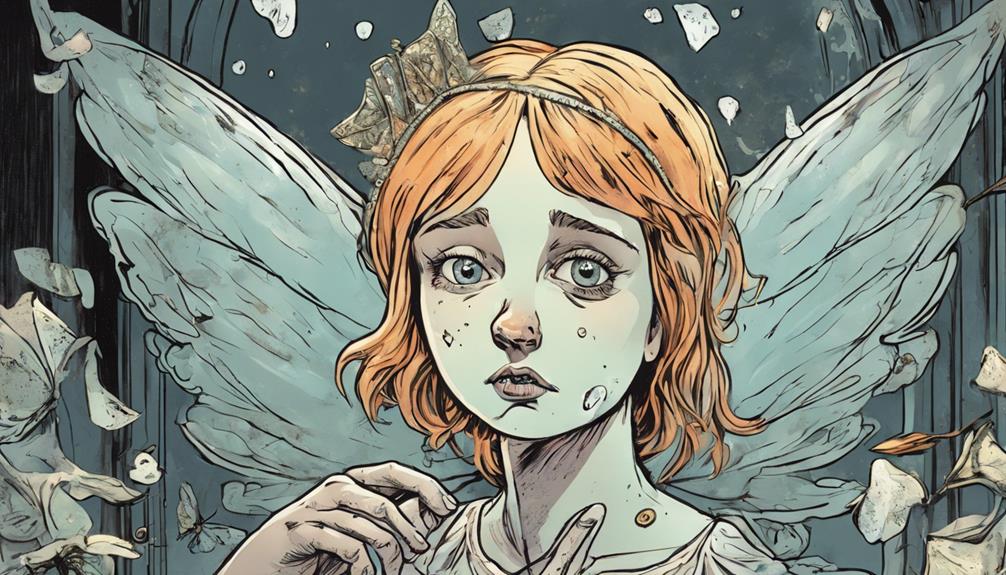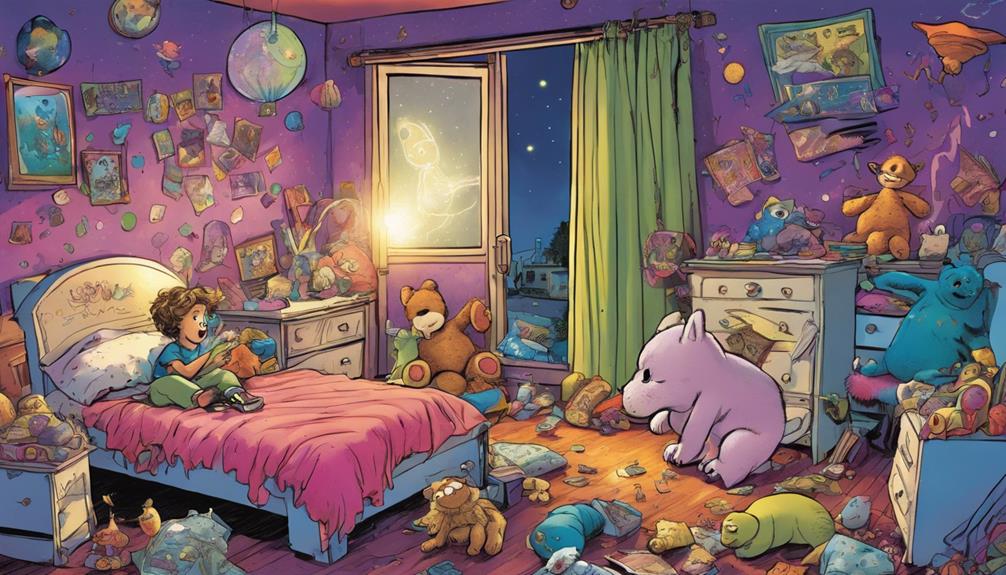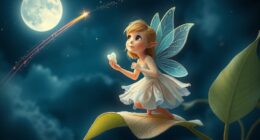The Tooth Fairy's amazing discoveries go beyond just lost teeth! You'll find that her adventures reveal rich cultural traditions across the globe. From the Viking customs of trading coins for teeth to Spanish kids leaving them for El Ratón Pérez, these practices add depth to the story. In the U.S., she's evolved into a symbol of childhood joy, helping ease the anxiety of losing teeth. Plus, you can learn how to preserve baby teeth creatively and promote good oral health habits. Discover the full depth of her findings and the enchanting role she plays in childhood magic!
Key Takeaways
- The Tooth Fairy tradition evolved from 17th century European customs of burying baby teeth, symbolizing milestones in childhood.
- Global variations include El Ratón Pérez in Spain, Le Petite Souris in France, and unique practices in Asia and Africa.
- Losing teeth marks a key developmental milestone, fostering parent-child bonds and discussions about oral health.
- Creative preservation methods include keepsake boxes and jewelry, allowing families to cherish memories of lost teeth.
Origins of the Tooth Fairy
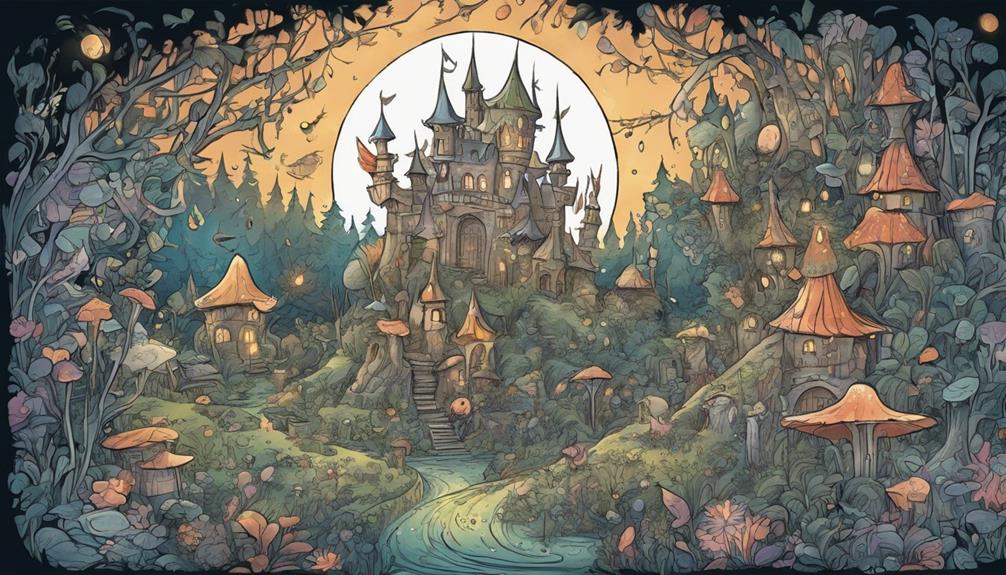
The Tooth Fairy's origins can be traced back to 17th century European customs, where people buried baby teeth to encourage the growth of adult ones. This practice laid the groundwork for what would evolve into the Tooth Fairy tradition. In those times, lost teeth were seen as significant milestones in a child's life, and burying them symbolized hope for strong, healthy adult teeth to come.
Interestingly, the Vikings had their own twist on this custom. They paid children for their lost teeth, a practice that not only celebrated the shift but also fostered the belief in the value of these small tokens. As time passed, the concept of a mystical figure collecting lost teeth began to take shape.
In the United States, the first known mention of the Tooth Fairy appeared in the Chicago Daily Tribune in 1908, marking her official entry into American folklore. The 1927 play by Esther Watkins Arnold further popularized this whimsical character, solidifying her role in children's imaginations.
Today, the Tooth Fairy tradition continues to delight children, turning the experience of losing a tooth into a magical event full of anticipation and wonder.
European Tooth Traditions
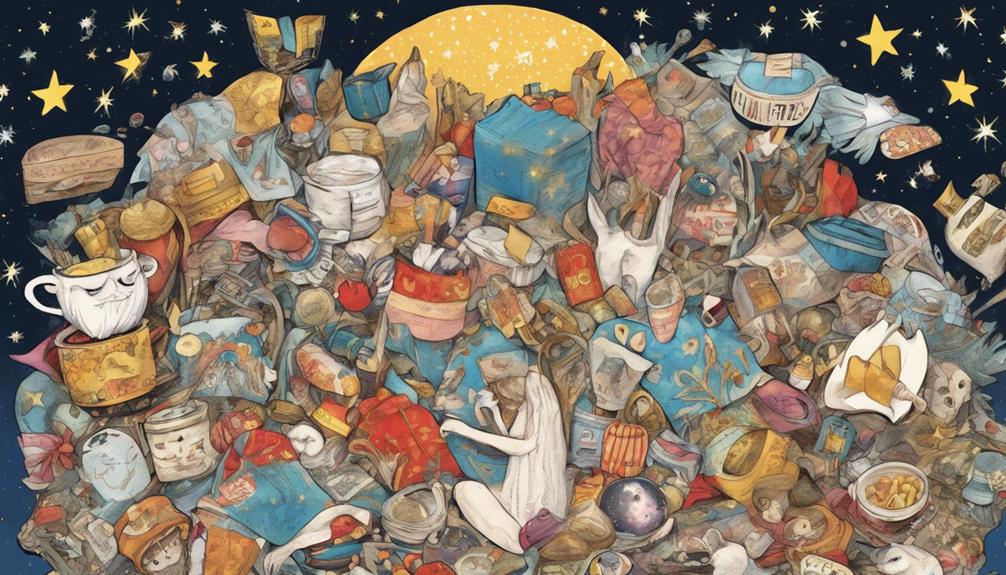
European tooth traditions showcase a fascinating array of customs, where children leave lost teeth for magical creatures like mice or fairies in exchange for gifts. These practices reflect deep cultural beliefs about the change of childhood and the significance of lost teeth.
In many European countries, you might find children engaging in these delightful customs:
- Spain: Kids leave lost teeth for Little Ratón Pérez, who brings coins or small gifts.
- France: Teeth are hidden under pillows, slippers, or shoes, inspired by enchanting fairy tales from the 17th century.
Scandinavian traditions took a unique turn, as Viking customs involved paying children for their lost teeth, showing an early connection between tooth loss and economic value.
The blends of these customs eventually influenced the idea of the Tooth Fairy we see today. So, the next time you think of the Tooth Fairy, remember her European roots, steeped in magic and tradition, where the simple act of losing a tooth transforms into a memorable childhood experience.
American Tooth Fairy Evolution
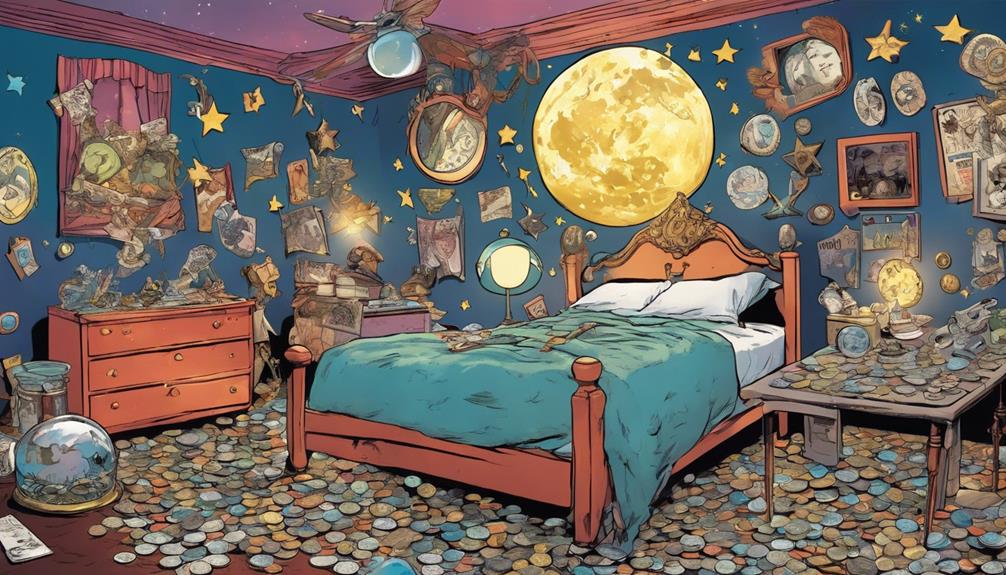
Emerging in the early 20th century, the American Tooth Fairy evolved from European customs into a beloved figure that brings comfort and magic to the experience of losing baby teeth. The first known mention of the Tooth Fairy appeared in the Chicago Daily Tribune in 1908, marking a significant change in traditions. By 1927, Esther Watkins Arnold's play 'The Tooth Fairy' helped solidify this charming character within American culture, capturing children's imaginations and adding depth to the narrative.
The Tooth Fairy symbolizes childhood magic and innocence, transforming what can be an intimidating milestone into a memorable occasion. As families embraced this new tradition, they found joy in creating special rituals around losing baby teeth.
By the late 20th century, the Tooth Fairy's monetary gifts reflected changing societal values, with Delta Dental reporting an average of $4.13 per tooth in recent years. This evolution mirrors broader trends in family dynamics, emphasizing child-centered approaches and the influence of media in popularizing fairy-tale characters.
The Tooth Fairy has become a cherished icon, ensuring that losing baby teeth remains a magical experience filled with wonder.
Significance of Losing Teeth
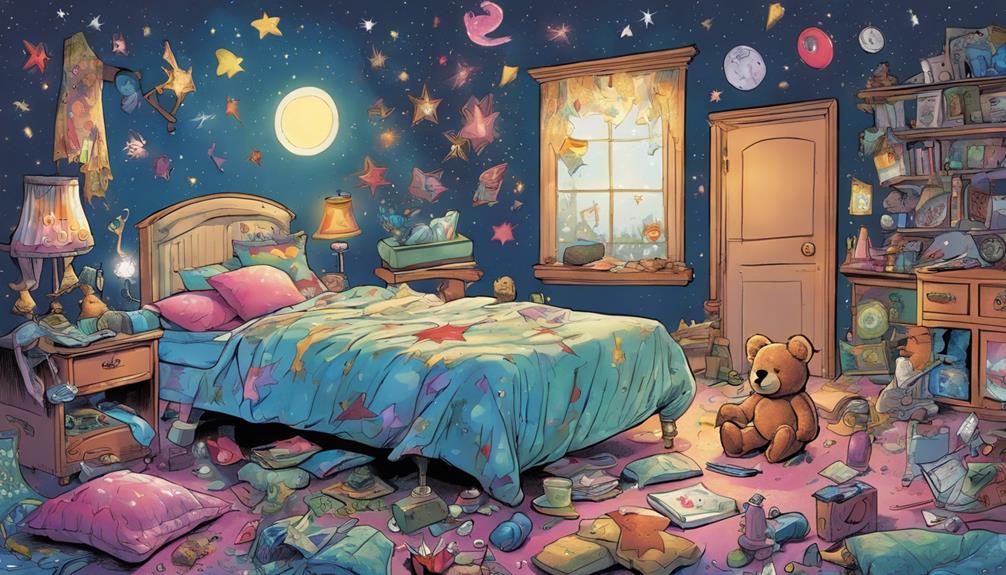
Losing teeth is a significant rite of passage for children, marking their change from primary to permanent teeth while also deepening the emotional bond with their parents. This experience not only creates lasting memories but also encourages essential conversations about oral health.
As your child navigates this milestone, consider these key points:
- Developmental Milestone: Losing baby teeth signals vital growth in your child's dental development.
- Emotional Bonding: The excitement surrounding the Tooth Fairy can strengthen the relationship between you and your child.
Most children typically lose their first tooth around age 6, coinciding with their introduction to the Tooth Fairy tradition. While this time can evoke anxiety, the comforting narrative of the Tooth Fairy can help ease worries and make the process enjoyable.
Creative Ways to Preserve Teeth
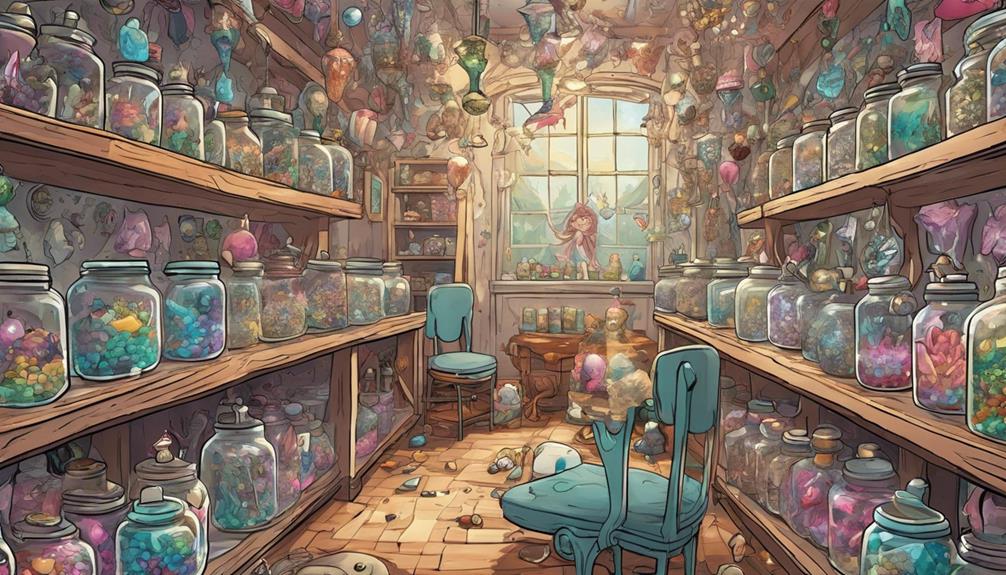
When it comes to preserving those precious baby teeth, you've got some creative options.
You can store them in a keepsake box, turn them into unique jewelry, or even consider their potential for stem cell research.
Each choice not only holds sentimental value but can also spark meaningful conversations about dental health.
Keepsake Boxes for Teeth
Keepsake boxes for teeth offer a creative way to cherish your child's milestones, turning lost teeth into lasting memories. These boxes aren't just storage; they're sentimental heirlooms you can pass down through generations. Many parents personalize keepsake boxes with their child's name and the date of the tooth loss, making each box a unique memento.
Consider these creative ideas to enhance your keepsake box:
- Themed Decor: Choose a design featuring the Tooth Fairy or dental health motifs to make it more fun.
- Milestone Documentation: Include notes or photos that capture the moment your child lost their baby tooth, adding depth to the memory.
Jewelry From Baby Teeth
Transforming baby teeth into beautiful jewelry pieces is a unique way to preserve those precious memories, allowing you to carry a piece of your child's growth with you wherever you go. This creative approach involves turning your child's lost teeth into stunning pendants or earrings, ensuring that the sentimental value is embraced in a stylish form.
Artisans who specialize in crafting custom jewelry from baby teeth focus on maintaining that emotional connection while providing a fashionable accessory. The process typically includes cleaning and sterilizing the teeth before embedding them in resin or other materials, resulting in lasting keepsakes that you can cherish.
Not only does this jewelry serve as a personal memento, but it also sparks conversations about dental health with your children, promoting the importance of caring for their teeth. Imagine passing down this unique heirloom through generations, holding stories and memories that connect your family.
In essence, jewelry made from baby teeth is more than just an accessory; it's a celebration of growth, love, and the journey of childhood that you can wear proudly. You'll treasure these pieces for years to come.
Stem Cell Research Potential
Baby teeth hold incredible potential for stem cell research, offering a unique opportunity to harness their regenerative capabilities for future medical advancements. When the Tooth Fairy comes to collect your child's deciduous teeth, consider the amazing possibilities these little treasures hold.
Here's why preserving baby teeth is so important:
- Stem Cell Harvesting: The dental pulp of baby teeth contains dental pulp stem cells (DPSCs), which can regenerate various tissues.
- Future Health Benefits: DPSCs may treat conditions like neurological disorders, heart disease, and certain cancers.
As the practice of collecting and storing baby teeth for research grows, many dental clinics now offer services for this purpose. By choosing to preserve these teeth, you're not only keeping a piece of childhood magic alive but also contributing to groundbreaking medical research.
Enhancing Children's Oral Health
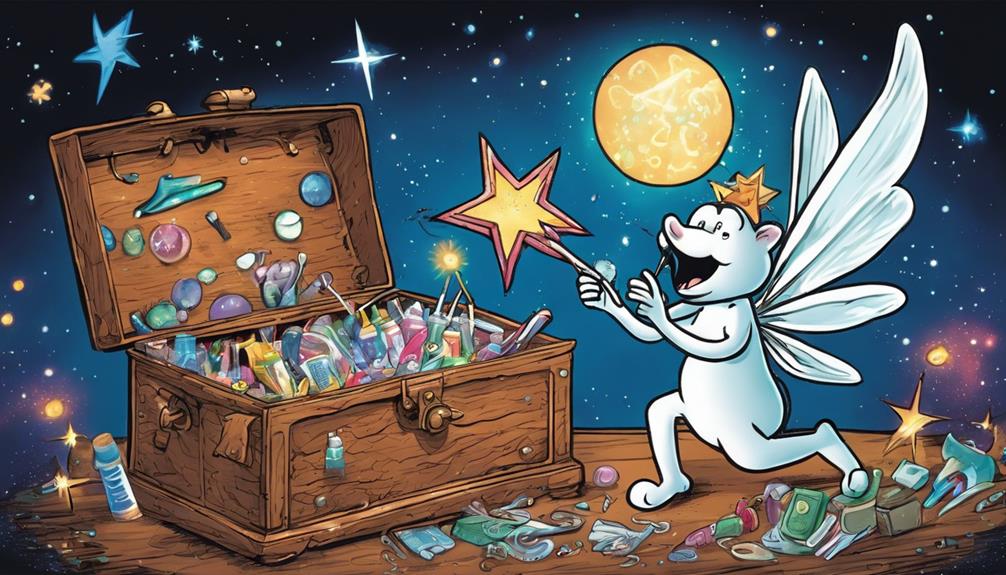
Creating good oral hygiene habits early on helps guarantee your child enjoys a lifetime of healthy smiles. You can make brushing and flossing fun by incorporating the Tooth Fairy Story into their routine. Share tales of the Tooth Fairy and how she rewards children for taking care of their teeth. This approach turns oral hygiene into an engaging activity, making it less intimidating for your little ones.
Encouraging regular brushing, at least twice a day, and flossing can greatly reduce the risk of cavities. Celebrate their progress with praise or small rewards to reinforce positive behaviors. Regular dental checkups are also vital; these visits help monitor your child's oral health and teach them the importance of dental care in a supportive environment.
Using relatable figures like the Tooth Fairy can foster a positive attitude toward dental visits, helping your child see these appointments as essential to their well-being. By creating a magical narrative around oral hygiene, you instill lifelong habits that will keep their smiles bright and healthy.
Together, you can make the journey to good oral health enjoyable and rewarding!
Celebrating Tooth Fairy Facts
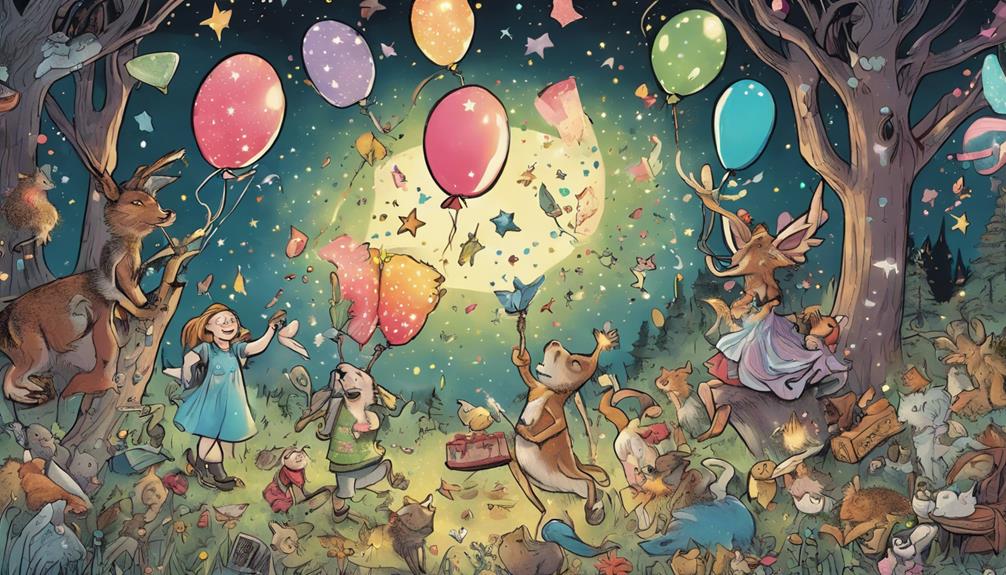
Celebrating the enchanting tradition of the Tooth Fairy can spark joy and excitement in children as they navigate the adventure of losing their baby teeth. This whimsical figure not only brings comfort during this changing phase but also creates lasting memories.
Here are some fascinating Tooth Fairy facts you might enjoy:
- National Tooth Fairy Day is celebrated on February 28 and August 22, honoring this delightful custom.
- On average, kids in the United States receive about $4.13 per lost tooth from the Tooth Fairy, reflecting changes in cultural values.
These facts highlight the charm and magic associated with the Tooth Fairy.
The myth gained popularity in America during the early 20th century, thanks in part to a 1927 play titled 'The Tooth Fairy.'
As your child loses their baby teeth, joining in on this tradition can create a sense of wonder and excitement that they'll cherish for years to come.
Global Variations of the Tradition
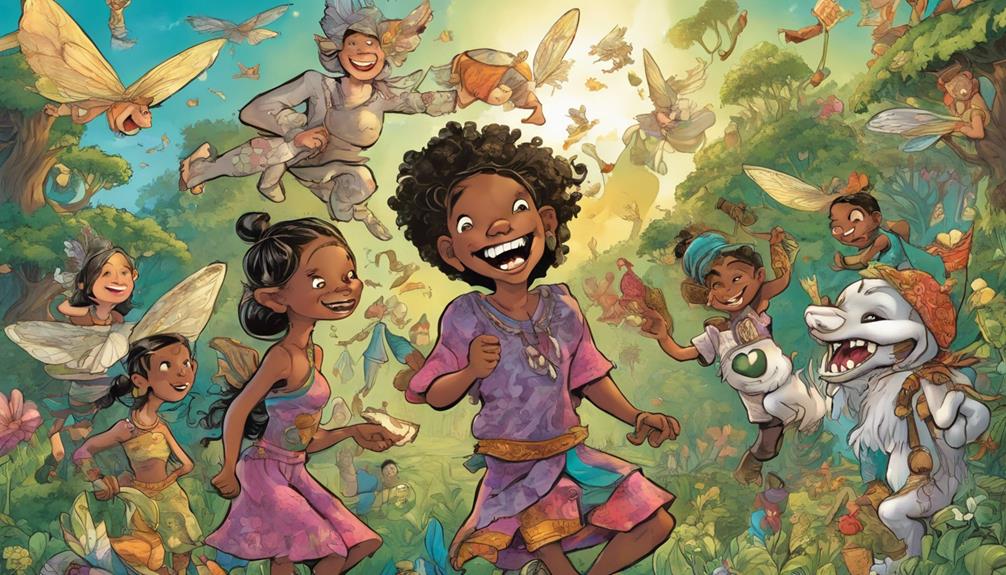
When you look around the world, you'll find that tooth collection customs vary greatly from one culture to another.
In some places, a mouse takes the place of the familiar fairy, while others have unique rituals tied to good fortune and spiritual beliefs.
Exploring these practices reveals how different regions celebrate the milestone of losing a tooth.
Cultural Tooth Collection Customs
Various cultures around the world have unique customs for collecting lost teeth, each with its own fascinating twist on the tradition. While you might be familiar with the tooth fairy, many other customs celebrate the moment a child loses a tooth.
In France, children anticipate a visit from Le Petite Souris, a mouse that exchanges lost teeth for coins.
In China, kids make wishes on their lost teeth, and parents may hide them, granting a second wish if the tooth is found after a year.
In Indonesia, the direction in which children throw their teeth predicts how straight their adult teeth will grow.
These cultural variations highlight the significance of lost teeth in different societies.
In Spain and many Spanish-speaking countries, El Ratoncito Pérez collects teeth, often accompanied by unique rituals like placing teeth in water.
Meanwhile, in Nigeria, children perform gender-specific rituals, tossing their teeth into the air to encourage healthy growth.
Each custom not only adds excitement but also reinforces values like hope, luck, and the joy of growing up.
Unique Regional Practices
Discovering the unique regional practices surrounding lost teeth reveals just how diverse and imaginative these traditions can be across the globe.
In Spain and many Spanish-speaking countries, children enthusiastically await El Ratoncito Pérez, a charming mouse that collects lost teeth. Instead of placing teeth under a pillow, some kids in Argentina put theirs in water for collection.
In France, a similar tale unfolds as children expect a small mouse or fairy to visit, exchanging lost teeth for coins, inspired by a 17th-century fairy tale.
Meanwhile, in China, kids make wishes on their lost teeth, believing that if the tooth is found after a year, they might get a second wish, showcasing the cultural value of good fortune.
In Nigeria, the customs vary by gender; boys toss their teeth into the air with eight stones, while girls use six, symbolizing hopes for healthy adult teeth.
In Indonesia, the direction in which children throw their lost teeth can even predict the alignment of their new teeth—straight for straight, and crooked for crooked.
Each of these traditions offers a glimpse into how cultures creatively celebrate the change of losing teeth.
Community Engagement and Research
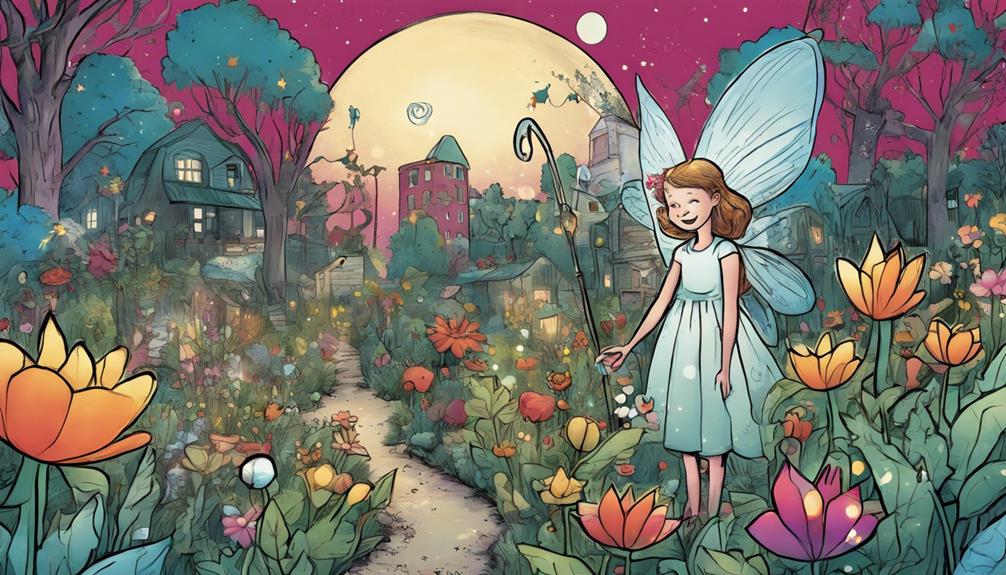
Community engagement played a pivotal role in the success of the St. Louis Baby Tooth Study, as over 50,000 children participated by donating their teeth for essential research. This significant public health initiative aimed to analyze traces of radioactivity from atomic testing, and it couldn't have thrived without the involvement of the community.
Key elements that fostered this engagement included:
- Active participation from local schools: Every school in the St. Louis area took part, making the initiative a community-wide effort.
- Public awareness campaigns: Efforts through radio, television, and a mayoral proclamation educated families about the importance of their contributions.
The findings from this research revealed radioactive isotopes in children's teeth, influencing national policy discussions and leading to the Limited Nuclear Test Ban Treaty in 1963.
Frequently Asked Questions
What Is the Tooth Fairy Known For?
The Tooth Fairy's known for bringing magic to childhood by exchanging lost teeth for coins, easing fears, and promoting dental health. You'll find her role essential in making tooth loss a fun, memorable experience for kids.
What Does the Tooth Fairy Collect?
You won't believe it! The Tooth Fairy collects baby teeth, turning them into sparkling treasures. In exchange, she leaves coins or small gifts, making losing a tooth an enchanting experience for every child.
Is There Any Evidence of the Tooth Fairy?
There's no physical evidence proving the Tooth Fairy's existence. Instead, she represents a comforting myth for children, easing fears of losing teeth and creating cherished memories, despite the lack of tangible proof or documentation. Many parents keep the tradition of the Tooth Fairy alive by leaving a small gift or money under their children’s pillows in exchange for their lost teeth. Some families even take it a step further by leaving unusual tooth fairy gifts, such as a personalized certificate or a special note from the Tooth Fairy herself. These gestures add to the magic and excitement of the experience, regardless of the lack of concrete evidence of the Tooth Fairy’s existence.
What Is the Real Story of the Tooth Fairy?
You're about to uncover the real story of the Tooth Fairy. Born from ancient customs, she evolved into a comforting figure, easing fears as children lose teeth, while leaving a little magic—and coins—behind.
Conclusion
So, as you tuck your little one in, remember the magic of the Tooth Fairy isn't just about coins under pillows.
It's a celebration of growth, much like Alice's adventures in Wonderland—where losing a tooth is just the beginning of a fantastical journey.
Embrace the traditions, share the stories, and encourage good oral health.
The Tooth Fairy's discoveries remind us that every lost tooth is a step towards a brighter, healthier future filled with wonder.
